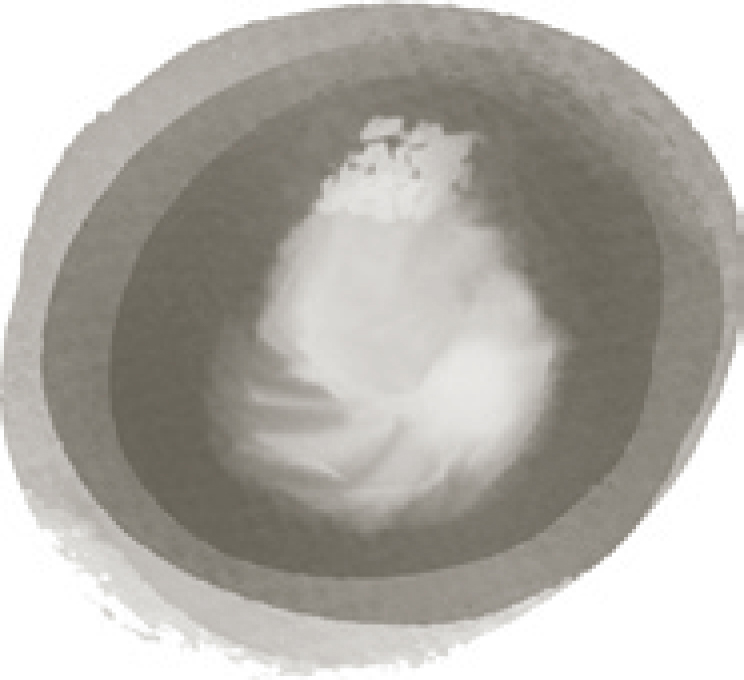
facing mountains—acknowledging each other
The Sangre de Cristo Mountains’ whole face is mirrored in the rivers that flow through it. It would take hours to greet the mountain, to touch it. I would have to walk at least two hundred miles. And yet, the mountain reminds me that it’s inside me. The mountain crumbles and throws stones at its own feet. Does the mountain grieve what it has lost?
Stones from the mountains break into smaller pieces and the smaller pieces break until the tiny rocks are so small that they turn into dirt and then into mud when the rain comes. My suffering is like the stones. I ponder mistakes and the times I’ve harmed others and have received harm. The harm given is the grief that reaches as deep as the rivers beneath the land on which I live. Many of the major stones are still quite large after decades. I want to pulverize them. I’m not sure if I have time to wait for them to get smaller on their own and become mud. And it’s not so simple to take a hammer to such large and heavy stones—stones that crumbled down my mountain to my feet years ago. Boulders prevent peace.
I think of humanity as a range of mountains. To study our terrain makes peace possible. Remorse or regret for those we’ve hurt, or anger and rage toward those who’ve hurt us, become boulders. If we look up and see the mountains in each other we see the rain on the faces of those we hurt and those who hurt us. We feel the same warm rain upon our own cheeks. When we are blind to how we mirror the ridges and peaks of each other’s lives, then we are unable to hold life sacred. We continue to hurt, and hurt others.
I look out at the Sangre de Cristo Mountains every morning. They stretch from where I can see them, here in Northern New Mexico, to southern Colorado, and all the way to Canada. When I walk by the window throughout the day, I stop and look. Many times, I have to sit down to take them in. This happens six to ten times a day. They appear as a painting with yellow and red dried grasses and plants that spread out before them. Sometimes I’m standing on the highest peak looking back at myself. Sometimes I’m lying at the foot of the range looking up into the face of Cristo. Sometimes I’m the wild animal resting in the mountain caves. And sometimes, there’s nothing, just the mountain. My life’s work is sitting still, listening, and spending time as a scribe for the mountains, the quail, the rabbits, the elm bugs, that come to visit.
I could write about the conquistadores and the blood given and taken on the land where the mountains stand. Create a sense that something must be done for the harm and sacrifices made by the people of the land. But there’s a curve around the bend, which we can’t see until it’s time to see it. If we take action in blindness, the result is inevitable collision and pain. Who has not caused pain or been hurt? It’s human nature. What can we do about the blood that has been spilled?
We can see the blood and know that as human beings we’re capable of inducing harm for whatever “justifiable” reason. We vow not to kill, and yet we still harm because we’re still human. We’re still connected to all harm and killing even if not by our own hands. What do we do with the pain of being human? How do we go beyond morality and legislation?
If the mountain is inside, look into the eyes of others. There’s a reflection of mountains in each of us. We’re a range of mountains that speak when the wind blows through the openings created by our comings and goings, our living and dying. Our crumbling can be seen and heard. Walk lightly on the narrow paths of our mountain ranges. If there’s a cave that beckons—enter. Don’t climb the mountain without knowing that it’s you.
To feel the inherent silence and stillness of the mountain is to feel myself. In that, there’s peace.